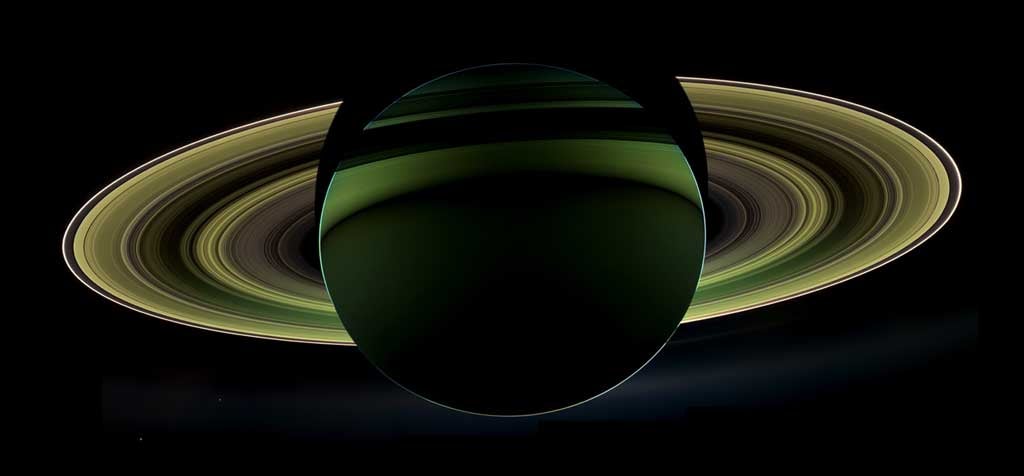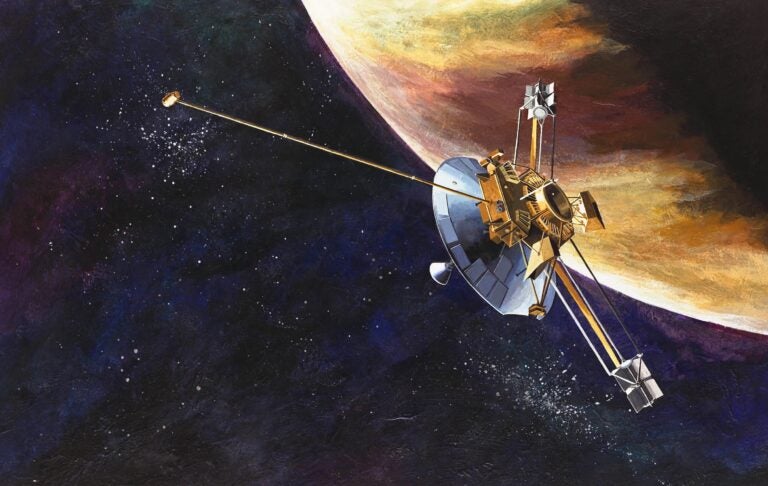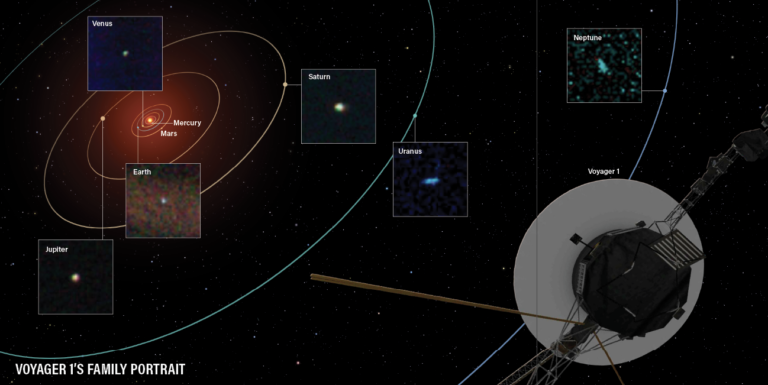A spacecraft orbiting above Titan’s atmosphere will travel at roughly 4,900 feet per second (1,500 m/s) in a circular orbit. Cassini currently flies by Titan on a regular basis at three times that speed and thus would need to slow down by several thousand meters per second to enter orbit.
The spacecraft would have to accomplish this change in speed, called “delta-V,” by spending fuel. After Cassini reached Saturn, it had 2,434 ft/s (742 m/s) of fuel available — not enough to accomplish this goal even then! Cassini used most of that fuel during the initial and first extended mission, leaving only 518 ft/s (158 m/s) for the entire seven-year second extended mission that began in 2010 and making a Titan orbit that much more impossible. Some spacecraft do enter orbit by using atmospheric drag to slow them down, but Cassini was not built for that.
An additional minor concern involves planetary protection. Both Titan and Saturn’s icy moon Enceladus could harbor some form of life, and it is important to protect them from external biological contamination. Although Cassini has been classified as a low-risk mission, it is nevertheless desirable to avoid impacting Titan’s surface, just in case. Any long-term mission around Titan would need to take this into consideration. The need to avoid
accidentally hitting Titan or Enceladus is the main reason that Cassini will be destroyed by flying into Saturn’s atmosphere in 2017.
SETI Institute
Mountain View, California










